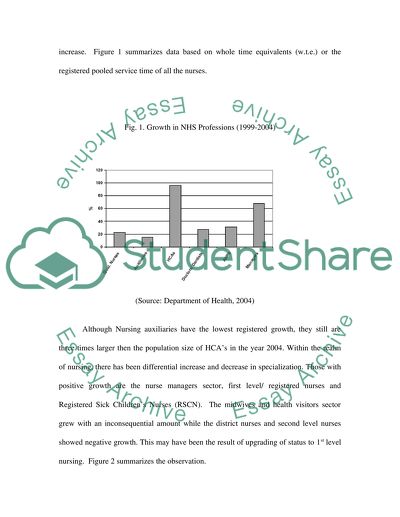Cite this document
(“Health Care Profession Essay Example | Topics and Well Written Essays - 2000 words”, n.d.)
Retrieved from https://studentshare.org/sociology/1508007-health-care-profession
Retrieved from https://studentshare.org/sociology/1508007-health-care-profession
(Health Care Profession Essay Example | Topics and Well Written Essays - 2000 Words)
https://studentshare.org/sociology/1508007-health-care-profession.
https://studentshare.org/sociology/1508007-health-care-profession.
“Health Care Profession Essay Example | Topics and Well Written Essays - 2000 Words”, n.d. https://studentshare.org/sociology/1508007-health-care-profession.


